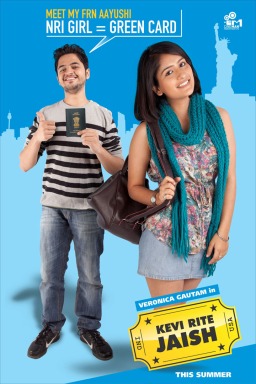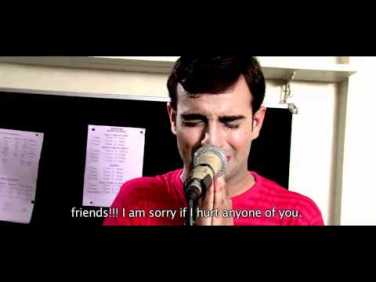Mumbai celebrates Navroz
The Agyaris and Atash Behram temples in the city buzzed with activity on the eve of Navroz or Parsi New Year, on Saturday, as hundreds of men, women and children belonging to the Parsi Community queued up to worship the holy fire. With two-thirds of India’s Parsi population living in Mumbai, the celebrations in the city were quite palpable.
The week before the Navroz is marked by a period called Mukhthad and Gatha. The Mukhthad is a period of mourning for the community as it cherishes the memories of both joy and pain that the previous year bestowed upon it, while readying itself for a new year that would mark a new beginning.
“It is believed that during Mukhthad, our ancestors and those loved ones who have passed over to the other side, come back on earth to feast with us. We believe that it is they who grant us this New Year”, says Tushna Mistry, a final year student of Sophia College. During this period the fire temples are cleaned and decorated by those who maintain the premises. Devotees throng the Agyaris to pay their respects to the departed. “I lost my aunt this year. So we went to Banajee Atash Behram at Churney Road to pay her our respects. Usually, one leaves a silver vase with fresh flowers on the many marble top tables that the temples provide. One may also leave food and fruits for the souls. It signifies that we invite them to the feast”, adds Tushna.
The Mukhthad is followed by Gatha in which one does not cut nails or hair. This period is considered sacred and no part of the body no matter however miniscule must be shed. The day before the New Year is called ‘Pateti’. Pateti ends the period of mourning and the Parsis wish each other ‘Pateti Mubarakh,’ praying for good luck and a beautiful year ahead. The next day is what every Parsi awaits excitedly. It is a day of celebrating togetherness.
“Our Navroz begins at six in the morning unlike the midnight hour of December 31st that you guys celebrate every year’, says a smiling Mrs Anahita Mistry, a home maker. “We take a head bath early in the morning. Little children are bathed in milk and rose petals. New clothes are worn especially the Sadra and the Kasti. Sadra is a thin vest like silk shirt that is worn inside. Kasti is the holy thread that men wear. Much like the ones that Brahmins in the Hindu community don. The women in the house decorate the doors with garlands of flowers and glass beads called the ‘Toran’,” she adds.
The members of the Parsi community then visit the Agyaris and pay their respects to the fire. “Our God is the Fire. We call our God ‘Ahura Mazda’. Just like the Muslims, we do not have a picture of our God. But we worship our Prophet Zarathrushtra. On occasions such as these, the Agyaris are lit with lamps and decorated with flowers. You will not find a single artificial decorative in the entire temple”, says Mr. Kirsy Mistra, a resident of Mumbai.
The celebration immediately begins after the prayers. Members of families gather and have ‘Jashan’. “We Parsis love food. It is mainly the coming together of families and having toothsome delicacies that holds real significance on the New Year. Our breakfast consists of Rava or Sev cooked with sugar. The lunch is called Dhansak in which we have Mutton Biryani, Mutton and chicken Dal and Kebabs”, says Pakshad Mistry, a school student. “There are Parsi-Gujarati plays called Nataks that take place on New Year. Mostly belonging to the comedy genre, it is fun to watch them too”, he adds.
The Parsis are an adorable bunch of people. To celebrate the New Year with them teaches one a lot about their culture and traditions.
– Neelkamal Mishra
TYBMM Journalism
Sophia College for Women

![Image0761[1]](https://yell0wblog.files.wordpress.com/2012/08/image07611.jpg?w=112&h=150)




